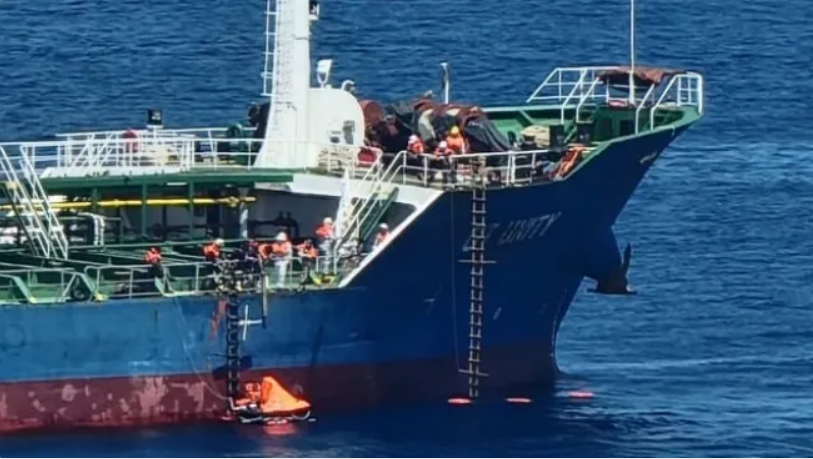Sea-Intelligence's latest analysis reveals that, over the past five years, capacity on major East-West shipping routes has become increasingly unstable and unpredictable. This growing instability has led to "unstable" cargo flows into ports, with capacity fluctuations on the Asia-Europe trade route more than doubling, resulting in persistent port congestion.
Ideally, liner services provide stable, predictable weekly capacity. However, factors such as varying vessel sizes, blank sailings, and schedule delays have caused weekly TEU capacity to fluctuate.
To measure this, Sea-Intelligence calculated the standard deviation of vessel capacity over a rolling 52-week window to eliminate seasonal effects. The data shows a dramatic change since 2020.
On the Asia-North Europe route, the average volatility from 2011 to 2019 was 12.3%, mainly fluctuating between 10% and 15%. From 2021 to 2025, this rate increased to 29.6%, more than doubling.
Asia-Mediterranean trade also saw similar growth.
The increase in transpacific trade was smaller. Volatility on the Asia-North America West Coast and East Coast routes rose by about 50%, from around 20% to 30%. Although the increase was significant, it was still less than half of the Asia-Europe route's fluctuation.
This increased "bumpiness" has posed challenges for ports and terminals that rely on smooth, predictable cargo flows.
The sharp rise in weekly capacity fluctuations on the Asia-Europe route has been a key factor contributing to persistent congestion in European ports.
Last month, Sea-Intelligence reported that, due to weakened demand, vessel capacity on the Asia-North America West Coast (NAWC) trade route has returned to pre-tariff suspension levels.

Last
Successful Maritime Rescue Operation Saves 20 Crew Members from Burning Vietnamese Oil Tanker
The Vietnam Maritime Administration reported a successful offshore search and rescue operation, providing timely aid to 20 crew me

Next
Tanker Fire in Eastern Johor Waters, One Dead and Four Injured
According to local Malaysian media reports, a tanker fire occurred in the eastern waters of Johor on August 7, resulting in the de




